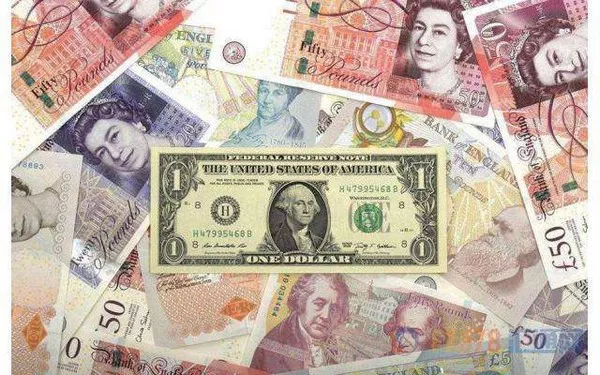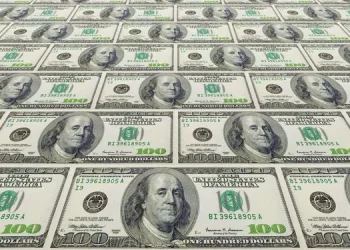When making investments, you should learn to analyze trend charts.
The K chart is one of the most commonly used technical charts in trend analysis.
What is the purpose of a technical chart?
How to understand the K-plot?
What are the common technical charts?
What is a technical chart?
We often say it’s based on three things: fundamentals, technology and market sentiment.
The technical aspect refers to the analysis of the relationship between trading time, trading volume and trading price using mathematical formulas and charts, which is actually the analysis of technical charts.
The most important function of a chart is to record the trajectory of price movements.
We analyze the historical trend of prices and determine the future trend to develop trading strategies.
Common charts Three types of technical charts are most widely used: line charts, bar charts, and K-charts: Line charts Line charts (also known as line charts) are the simplest of the three.
Drawing by connecting the trading prices (closing prices) of different periods of time is equivalent to a line connected by a series of points.
The horizontal axis shows the time and the vertical axis shows the transaction price.
Time can be minute-by-minute, and the price is five figures.
Because linear graphs are relatively simple and provide relatively limited information, investors do not often use them.
Even if you want to use it, it is usually used to observe the price trend of a pair over a long period of time, which is similar to how you would use Baidu index to observe the trend of a keyword over a long period of time.
A bar chart (also called a bar chart) conveys more information than a linear chart.
It consists of columns connected by columns.
Each “column” displays the lowest, highest, opening, and closing prices for a specified period of time.
The K-chart (also called the candle chart) is the most widely used of the three types of charts.
Like a bar chart, a K-line contains four pieces of information: the opening price, the closing price, the highest price, and the lowest price.
The opening price refers to the first price in the K line cycle, and the corresponding closing price refers to the last price;
The highest price is the highest price in the period where the K line is located, and the lowest price is the lowest price in the period.
The K line chart consists of several parts: the upper line, the lower line, and the middle solid part.
The rectangle in the middle is called the solid.
The shadow line above the entity is called the upper shadow line, and the lower shadow line is called the lower shadow line.
The highest point of the upper line is the highest price, and the lowest point of the lower line is the lowest price.
The entity is divided into Yang line and Yin line.
When the closing price is higher than the opening price, the entity part is generally painted red or blank, called “Yang line”;
When the closing price is lower than the opening price, the physical part is generally painted green or black, called the “Yin line”.
K chart of the entity part of the length, long indicates that the opening price and closing price gap is larger;
Some K lines have no shadow, which means that the opening or closing price coincides with the lowest or highest price.
The ups and downs of the pandemic dented risk appetite, the dollar strengthened gold fell, and oil prices fell more than 2%.
Please pay attention to the specific operation, the market is changing rapidly, investment needs to be cautious, the operation strategy is for reference only.
























